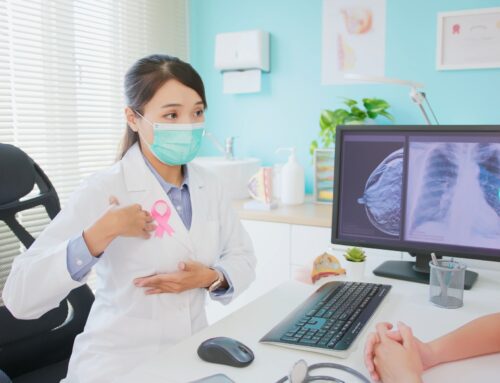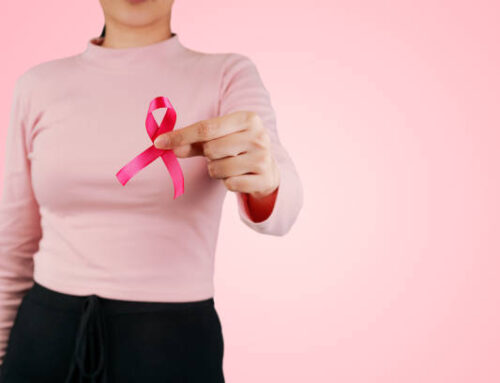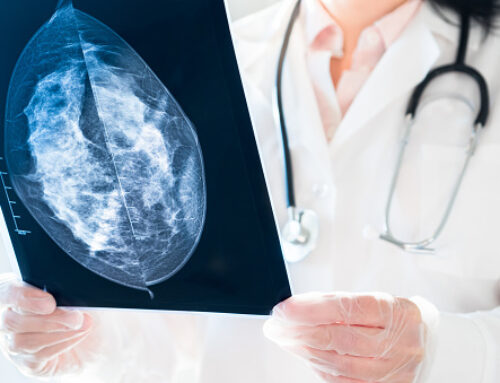Since its introduction on a national scale in the late 1980s modern mammography has reduced the death rate from breast cancer by 30 percent according to an article published in Health Physics.
And thanks to advances in imaging technology this lifesaving process has become increasingly accurate. Most hospitals and imaging centers now provide digital mammography one the most effective tools for detecting breast cancer early.

And yet the number of women getting mammograms has been declining. Here are 10 of the most common reasons that women skip this vital screening — and 10 reasons you should stop putting it off.
-
I have no family history of breast cancer.
Breast cancer is very common. While having breast cancer in the family does increase your risk the Cancer Society estimates that only about 5 percent to 10 percent of women diagnosed with breast cancer have a family history of the disease. Other factors such as smoking and being overweight after menopause can increase your risk of developing breast cancer even if nobody else in your family has had it.
-
I haven’t perceived any change in my breasts.
According to the National Cancer Institute a mammogram can detect abnormalities that are too small for you or your doctor to feel so they can be treated early.
-
I’m not old enough — only elderly women need mammograms.
If you’re 40 and over the Cancer Society recommends you get a mammogram every year. If you’re younger than 40 talk to your doctor about when to have your first screening. Your doctor may recommend that you begin screening earlier if you have a family history of breast cancer or have new breast problems.
-
I don’t have time.
Many hospitals and imaging centers offer extended hours for your convenience. The Reid Breast Center offers early morning and evening appointments. With digital mammography exams typically require less than 30 minutes.
-
I perform monthly breast self-exams.
Breast self-exams do increase your chances of early detection and treatment but some abnormalities are too small for you to feel them by hand. With the latest developments in digital imaging technology images can be enhanced and magnified which allows breast masses to be identified more easily than with traditional physical breast exams.
-
I don’t want to be exposed to all that radiation.
Digital mammography uses the smallest possible amount of radiation required to deliver a clear and detailed exam image. Consequently mammograms are now safer than they have ever been.
-
I’ve heard they’re too painful.
Mammograms can be uncomfortable. But digital mammography incorporates a new design of the compression paddles — they bend with your body creating pressure only as needed. And since digital exams are faster there’s less compression time than with traditional screenings.
-
I’m afraid of finding cancer.
While fears of finding cancer are understandable postponing screenings is not advisable — especially if you have risk factors for breast cancer. Breast exams and mammograms can save your life by finding cancer early when it can be successfully treated.
-
I’m too busy taking care of my family’s health to worry about my own.
Being a caregiver sometimes means putting your family’s health before your own but you can’t take care of others if you’re sick. Taking care of your own health through nutrition exercise routine doctor’s visits and annual preventive screenings — including mammograms — means that you’ll have the energy and health needed to help those around you for years to come.
I'm afraid of finding cancer.
While fears of finding cancer are understandable postponing screenings is not advisable — especially if you have risk factors for breast cancer.





